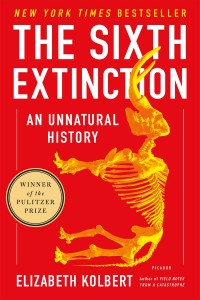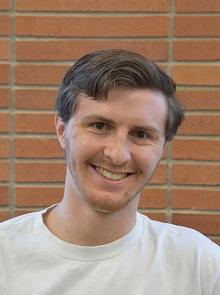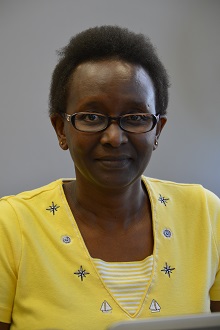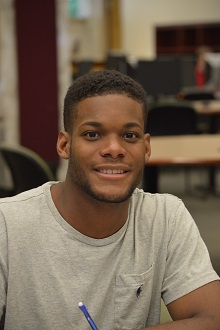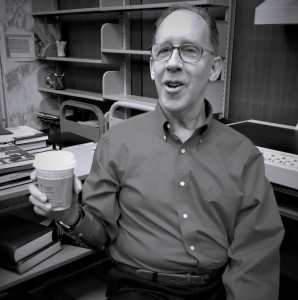Five eBooks for Read an eBook Day
The library staff is unusually abuzz today. Usually exchanging the most scholarly journals and pointing each other to different parts of the stacks, our staff members are exchanging tablets and eReaders and pointing each other to various websites today. Why? You might ask. Well, of course, today is INTERNATIONAL READ AN eBOOK DAY! Because so many of us have had this date circled for months now, I asked the staff members which books they would recommend to our readers, while they’re waiting on the next ‘Cat in the Stacks and Peek at the Week; here’s the top five picks, for readers of all interests:
1. Brooklyn by Colm Tóibín
This recommendation comes from the Communications and Marketing Team’s (fearless) leader, Joanne Quinn. Brooklyn recently became an Academy Award nominated film. Concerning the story, Amazon.com tells us, “Eilis finds work in a department store on Fulton Street, and when she least expects it, finds love. Tony, who loves the Dodgers and his big Italian family, slowly wins her over with patient charm. But just as Eilis begins to fall in love, devastating news from Ireland threatens the promise of her future.” This one sounds like a good eBook to read with some comfort food and a nice throw blanket.
2. Loeb Classical Library, accessible through the Falvey Memorial Library
Theology & Humanities Librarian Darren Poley recommends this “very famous set of books” for those interested in pondering philosophical questions or looking for a clear understanding of the Classic world. The database’s introduction states, “Over a century ago, James Loeb announced the founding of the Loeb Classical Library and his intention to bring the written treasures of the ancient Greek and Roman world ‘within the reach of all who care for the finer things in life.’ Now it gives us great pleasure to welcome you – old friends and newcomers, scholars, students, and general readers alike – to the digital Loeb Classical Library, and to invite you to enjoy its Greek and Latin texts alongside English translations, in the familiar ways and in surprisingly new ones.” I’ve been on the site myself, and this database’s layout is perfect for your iPad or Kindle.
3. Lost Lake: A Novel by Sarah Addison Allen
My fellow graduate assistant Hunter Houtzer recommends this book, which she calls, “a kind of uplifting and well written” piece. Amazon.com confirms, saying, “In this atmospheric and enchanting novel, Sarah Addison Allen illuminates the secret longings and the everyday magic that wait to be discovered in the unlikeliest of places.” If the early semester blues have got you down, this eBook might be worthwhile.
4. The Sixth Extinction by Elizabeth Kolbert
Library Events and Program Coordinator Regina Duffy recommends this year’s One Book Villanova eBook for today’s festivities. I couldn’t agree with her more! With several events celebrating this Pulitzer Prize winner on the horizon here at Falvey Memorial Library, there’s no reason to miss out.
5. Me Before You & After You by Jojo Moyes
Ann Stango, Resource Sharing Specialist for Access Services, recommends this series for your eReader. Make some popcorn, cozy up and enjoy a story described as, “A Love Story for this generation and perfect for fans of John Green’s The Fault in Our Stars, Me Before You brings to life two people who couldn’t have less in common—a heartbreakingly romantic novel that asks, What do you do when making the person you love happy also means breaking your own heart?“
(Photos courtesy of amazon.com)
 Article by William Repetto, a graduate assistant on the Communications and Marketing Team at the Falvey Memorial Library. He is currently pursuing an MA in English at Villanova University.
Article by William Repetto, a graduate assistant on the Communications and Marketing Team at the Falvey Memorial Library. He is currently pursuing an MA in English at Villanova University.



